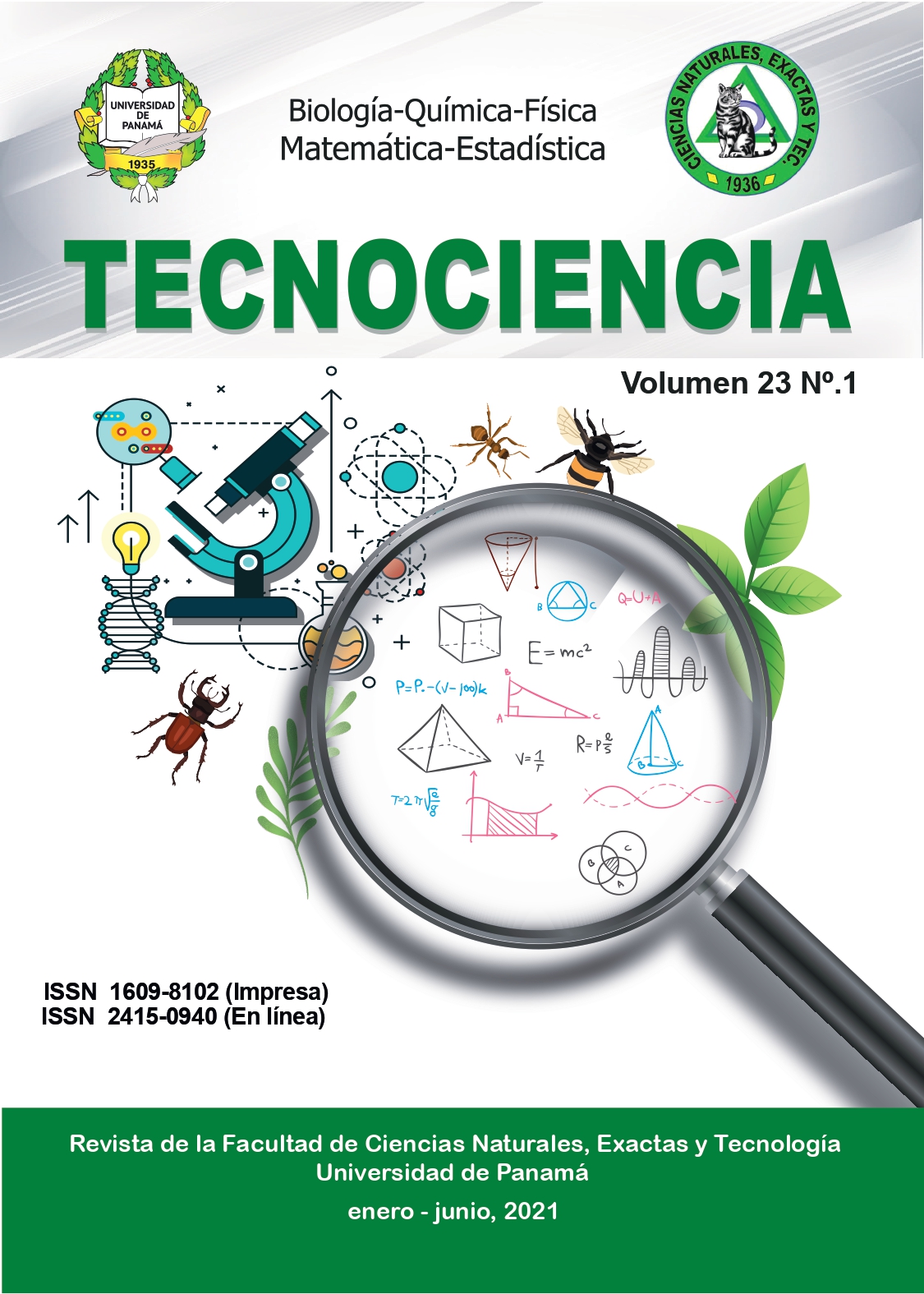

El género neotropical Camarotus Germar, 1833 (Coleoptera: Curculionidae), es un grupo de insectos relativamente pequeño y del cual se conoce poco sobre su biología y ecología. El presente trabajo da a conocer las especies vegetales asociadas a este género de gorgojos y sus nuevos reportes de especies. Para ello, se consultó las publicaciones existentes acerca del género y se identificaron especímenes colectados en Panamá y otros países del Neotrópico, gracias al apoyo de instituciones nacionales y extranjeras, mediante el préstamo de especímenes tipo y otros materiales. Encontramos que, la vegetación asociada con Camarotus está representada por seis órdenes, ocho familias, 10 géneros y 11 especies vegetales: Brosimum utile, Luehea seemannii, Apeiba membranacea, Miconia theaezans, Vochysia ferruginea, Combretum fruticosum, Acalypha diversifolia, Tapirira guianensis, Eschweilera atropetiolata, Eschweilera rodriguesiana y Corytophora alta; estando presentes en Panamá las ocho primeras, asociadas con cinco especies de Camarotus. Adicionalmente, se reconocen 12 especies de Camarotus para Panamá, de las cuales 11 representan nuevos reportes: C. angustifrons, C. attelaboides, C. coccinelloides, C. costaricensis, C. crenulatus, C. ferrugineus, C. flammeus, C. fusiger, C. granada, C. ohausi y C. peltatus; mientras que en Perú se reconocen nueve nuevos reportes: C. attelaboides, C. carinatus, C. carrapatus, C. coccinelloides, C. dispar, C. fusiger, C. punctatus, C. submaculatus y C. werneri. No se conocen los hábitos de las larvas de Camarotus, por lo cual las plantas son consideradas asociadas.